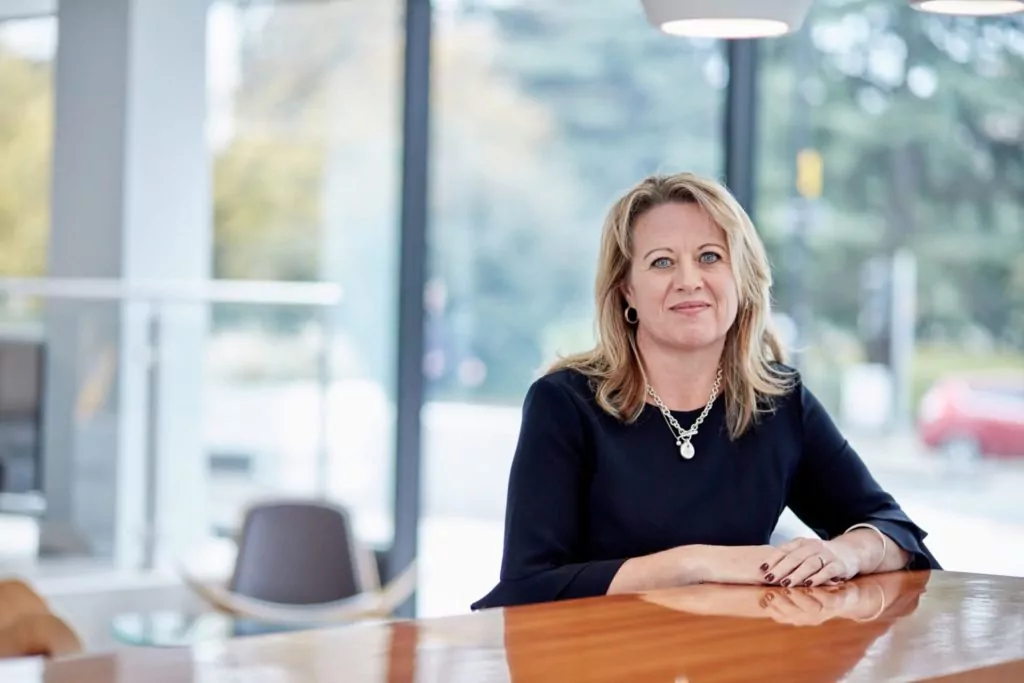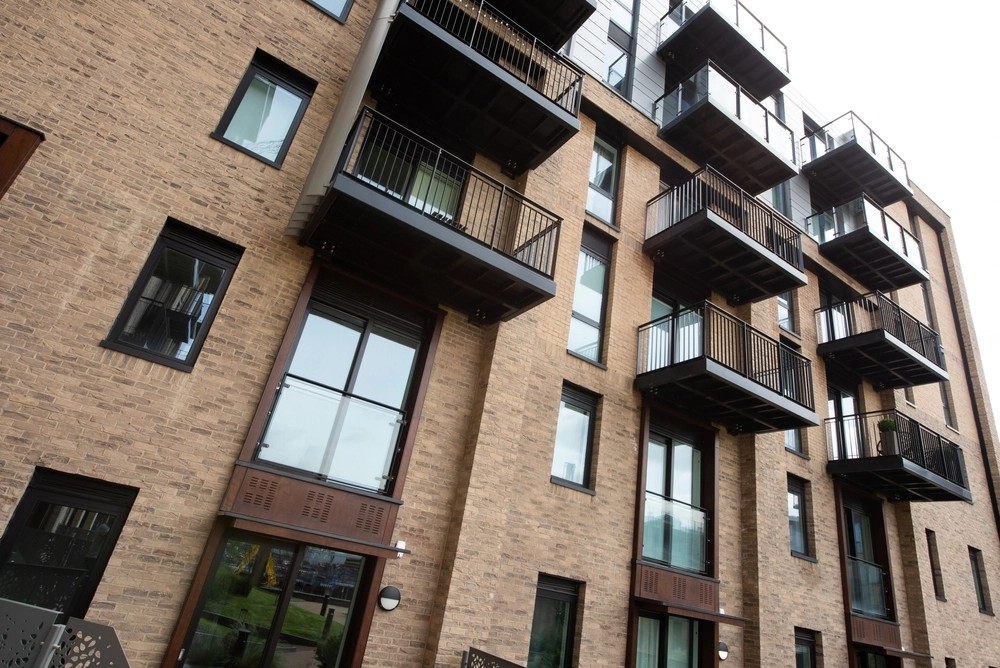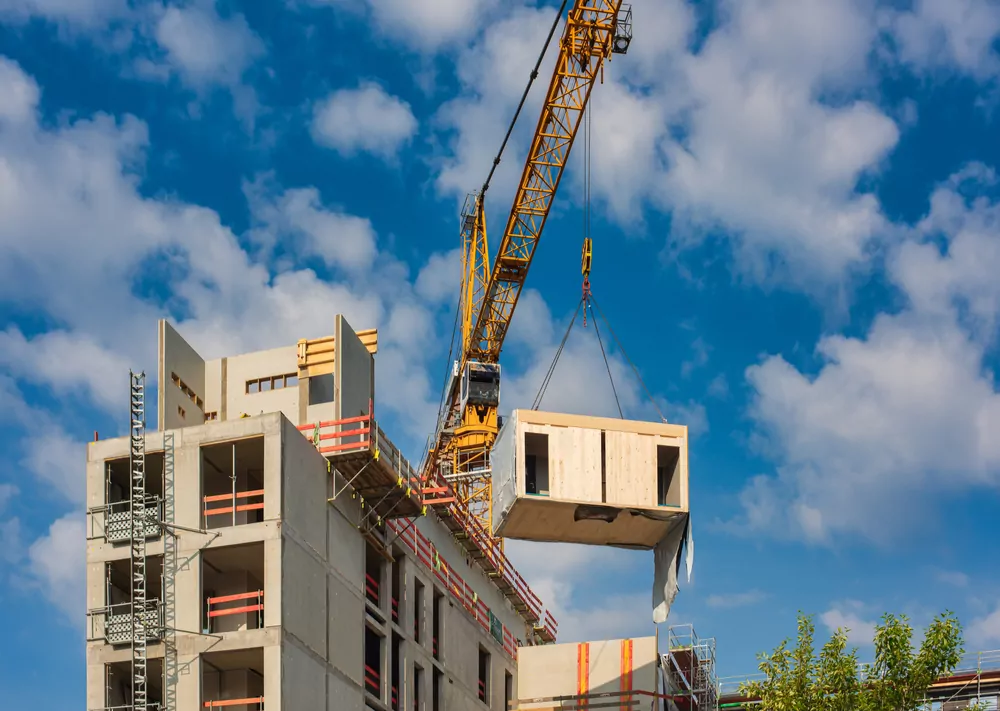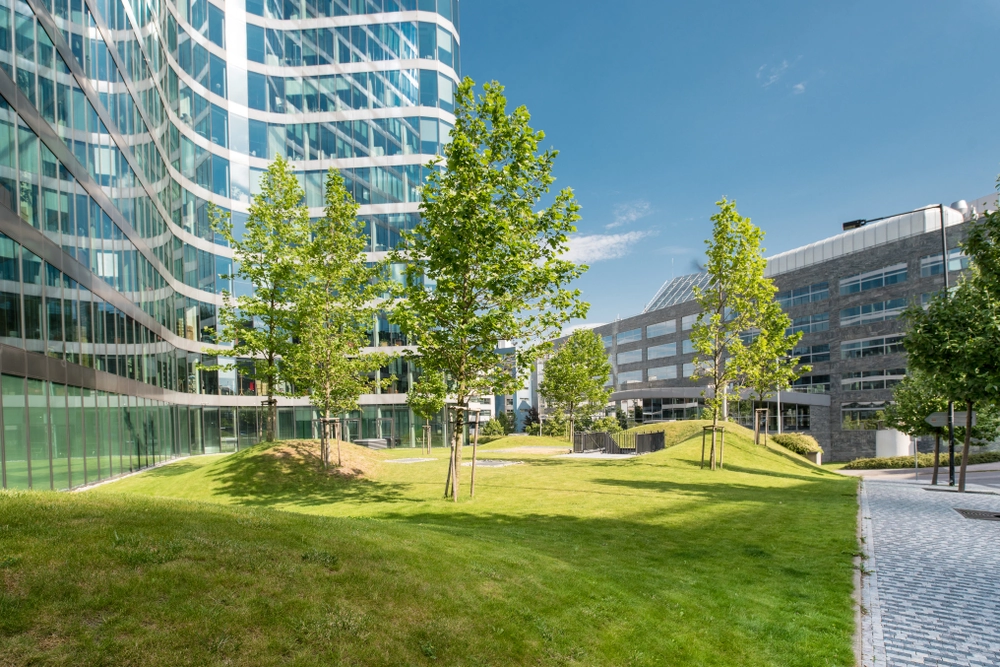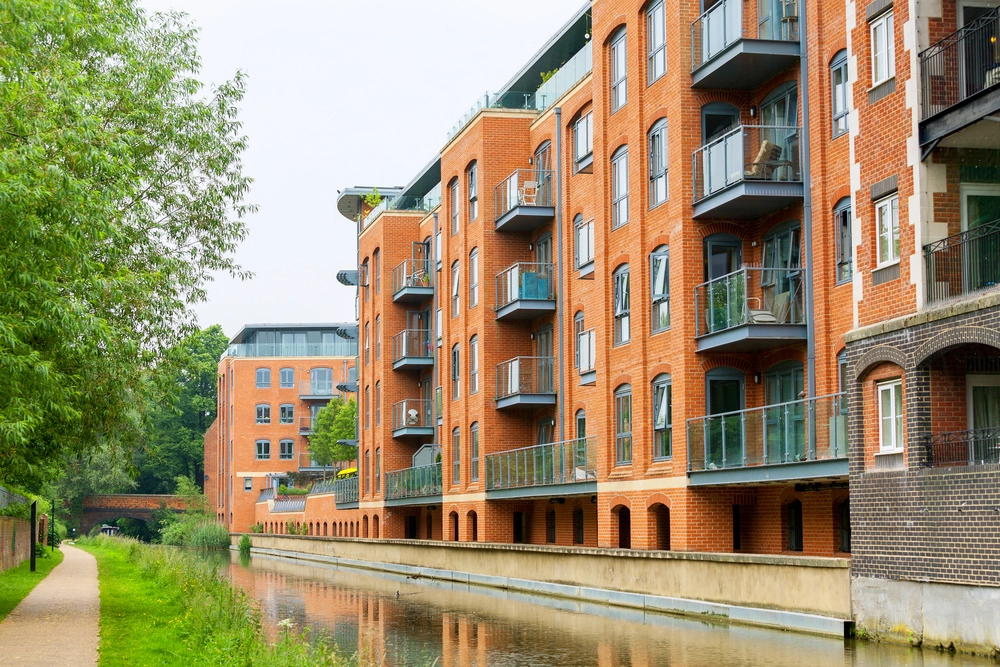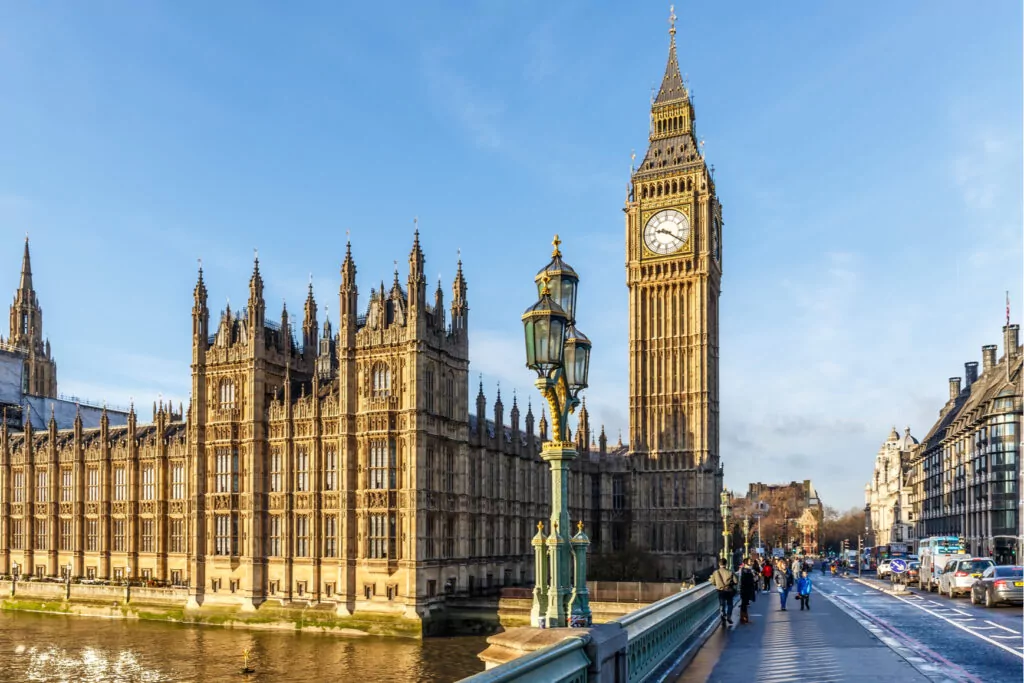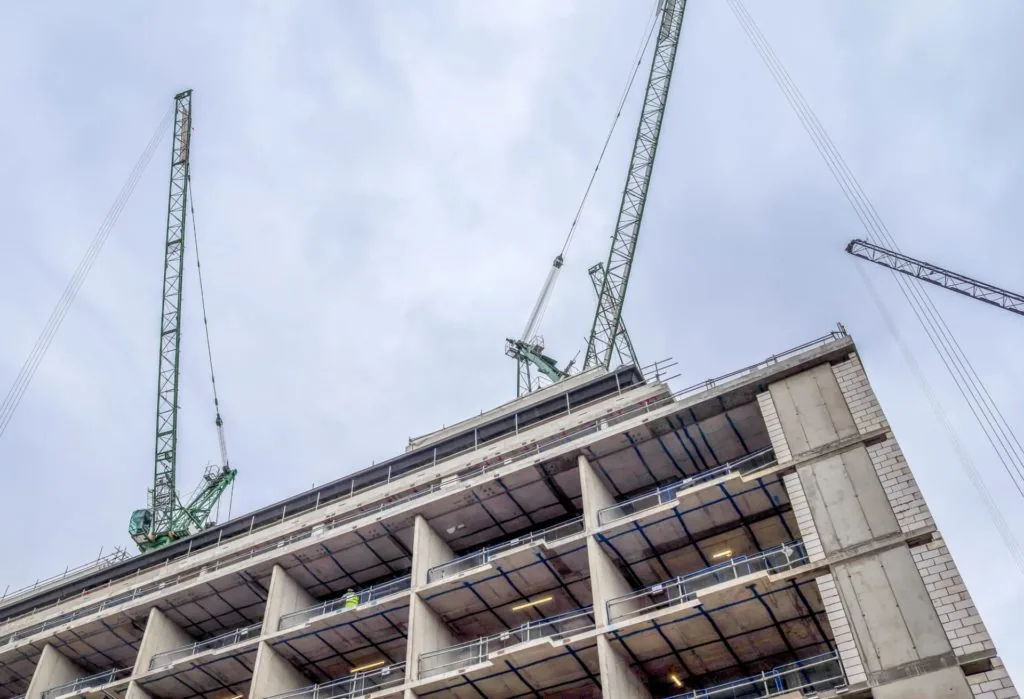District Heat Networks
Do housing developments need to connect to a district heating network (DHN) if one is available in the area where the housing development is?
This was the key question that set the scene for our discussion.
National planning policy embeds the need to seek decarbonisation of the built environment but allows the local authority and developers to determine which solution is most appropriate on a case-by-case basis. For instance, some local authorities impose planning conditions as part of the planning permission or obligations as part of any s106 agreements which require new developments to connect to DHN if there is one in the vicinity of the development. Where these conditions appear as part of a s106 agreement, developers would often seek to introduce some conditionality, so that the obligation to connect to a DHN is subject to a financial viability and/or any other appropriate tests.
The Energy Bill also provides for the introduction of "heat network zones", with heat network zoning pilots currently taking place in various parts of the country. Once the Energy Bill comes into force, housing developments that are located within designated heat network zones will be required to connect to a DHN (where one is available and subject to certain requirements being met).
Even in the absence of a requirement to connect to a DHN, there are housing developers, who consider that connection to a DHN represents the most appropriate solution for their development. For those developers who are considering connecting to a DHN, the following issues would be relevant:
- DHN are inherently complicated and early engagement of technical advisors is recommended to understand how a DHN operates and be able to reflect this in both the building contract and the commercial agreements that are to be entered into between the developer and the owner/operator of the DHN.
- Where the owner of the development is supplying heat directly to the homeowners or tenants, they may be caught under the definition of 'heat supplier' of the Heat Network (Metering and Billing) Regulations 2014 (as amended). These impose a number of obligations to heat suppliers, which need to be considered carefully.
- There are associated issues as regards the relationship between the heat supplier (who may or may not be the same as the owner of the development) and the homeowners or tenants of the development, around metering and billing, repairs and covenants, all of which need to be assessed in detail in advance of any scheme proceeding.
Microgrids
We are seeing an increased interest in microgrids (both electricity and heat microgrids), with the main driver behind these being the need to integrate more renewable generation in new developments and reducing energy costs. There is an added 'attraction' to microgrids in that they can create a sense of community (where each individual householder 'contributes' to the overall running of the microgrid, through electricity generation happening at their own property).
The key issues that developers wishing to embark on the development of a microgrid need to consider are:
- Licensing: The Electricity Act 1989 is very prescriptive of the way electricity can be generated, supplied and distributed and developers need to carefully consider whether a licence is required for their intended activities.
- Ability to switch electricity suppliers: Where the overarching principle is that 'switching' should be facilitated.
Retrofitting
In this context, we were pleased to hear from George Gillow of Kensa Contracting about the company's core values of reduction of fuel poverty and carbon emissions and how these values are reflected in the work that they are doing in the heat pump market. The company's vision would be to create an interconnected heat network, where multiple heat pumps connect to a central point and distribute heat across several dwellings. One of the key issues that Kensa Contracting anticipates will arise is around the ownership of the roads.
Participants explained that retrofitting existing housing stock is not a new concept. What is new is the increased emphasis on future proofing, considering the rate at which the climate parameters in which we operate are changing. It was agreed that a holistic approach needs to be taken when considering our built environment, starting with the material we use and the method we construct the buildings (MMC has a key role to play here), to the way we maintain and use those buildings.
Retrofitting comes at a cost and the question that often arises is how in particular, housing associations can re-coup this cost in the case of their existing housing stock. As a firm, we have worked closely with Energiesprong to provide a viable solution to this conundrum.
Modern Methods of Construction
During this part of the roundtable, we discussed how to reduce our carbon footprint by making different choices when it comes to construction logistics, concepts and the type of materials that are used in construction.
We recognised that there is no 'one size fits all' with these energy solutions but there is a discernible global trend towards an increased focus in modular and offsite construction with the next generation of housing stock to heavily involve MMC and so our mindsets must shift to enable this.
We discussed that from looking at developments, it is not always obvious that they are MMC developments, and it is important for buyers to be aware of MMC, the improved efficiency and how to use and care for their home. New covenants may have to be implemented to protect these houses and to educate customers of where these developments differ to traditional houses.
How we can help
As a firm, we have substantial experience working with clients in the above areas, finding creative solutions to problems and ensuring that a holistic approach is always taken. Some developments will feature only certain energy solutions, whereas in other cases a multi-prong approach is more appropriate. Having a team of specialist construction, commercial, planning and residential development lawyers (to name a few) working together on each individual scheme would ensure that all angles are considered, and issues are addressed at the outset.
The roundtable was chaired by Lara Borrett-Lynch and Suriya Edwards with contributions from Aliki Zeri, Christian Silk, Rachel Langley, Becki Biscoe, Yanthe Richardson and Emma McCartney; all of whom would be very happy to talk with you about the anticipated developments in the sector.



